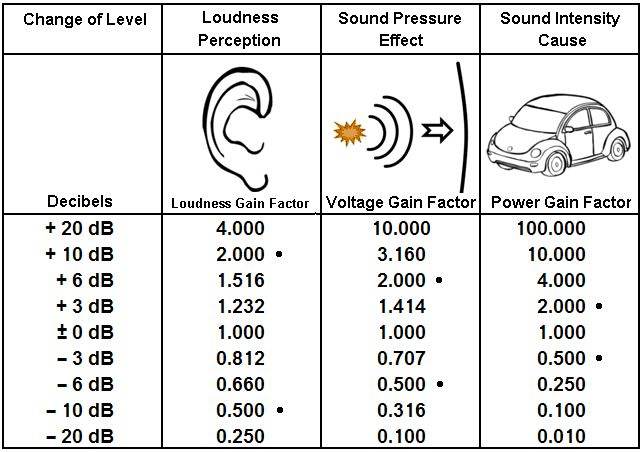

The human ear can perceive a sound pressure range from 0.00002 Pascal (Pa) to about 20 Pa. The sound pressure level is the measure of loudness. Frequencies below 20 Hz are usually not really heard but rather felt. Humans can hear sounds in a frequency range of 16 to 20,000 Hz. They propagate from their sound source (e.g., in the form of pressure waves). The intensitiy of a sound wave is a longitudinal wave that cause us to hear sounds. Based on the generated sound pressure, the unit decibel can be derived. However, the pressure fluctuations generated due to sound waves can be measured physically. How loud a person perceives the emitted sound waves is individual and thus not objectively measurable. These air pressure fluctuations cause the human eardrum to vibrate, which causes the sound to be heard by the person. Higher tone frequencies, unlike lower tones, have higher hertz numbers.Įvery sound source emits sound waves, which create waves of high and low pressure in the air. Hertz (Hz) is used as the SI unit of frequency. The vibrations of a sound wave per second are called "sound frequency".

So according to the operating rules of logarithmsĬonsequently, doubling the sound intensity is equivalent to increasing the sound level by 3 decibels If we double the sound intensity, the sound intensity level is not doubled.The relationship between the sound intensity and the sound level in decibel is therefore governed by a logarithmic law: This quantity is noted L, is expressed in decibels, symbol dB, and is calculated from the following relation: In order to use a simpler and more meaningful scale of magnitude, we define the sound intensity level as follows: a factor of 1013 (10,000 billion!) between the lower and upper limits. Perceptible sound intensity takes on values over an extremely wide range, from 10-12 W.m-2 to 10 W.m-2, i.e. The following paragraphs explain the differences and relationships of the most important terms about sound intensity and how sound intensity is measured.Īudible signals from Auer Signal The level of sound intensity: the decibel However, since sounds with the same sound level but different frequencies are not perceived as equally loud, there are also the subjective measures of sound intensity: phon and sone.


The second measurable quantity is hertz, which measures the number of air pressure fluctuations per second. Physically measurable, on the other hand, is the sound pressure, which is converted into sound level and further expressed in decibels (dB). The sound intensity formula is defined mathematically as: sound intensity=acousticpower/normal area to the direction of propagation The increasing amplitude of the source and that of the vibrating surface causes the kinetic energy of the mass of air. The acoustic sound intensity / audio intensity or acoustic signal is therefore relative. Every person has a different perception of loudness, which means that loudness cannot be measured objectively. The intensity of sound is the subjective perception of sound pressure.


 0 kommentar(er)
0 kommentar(er)
